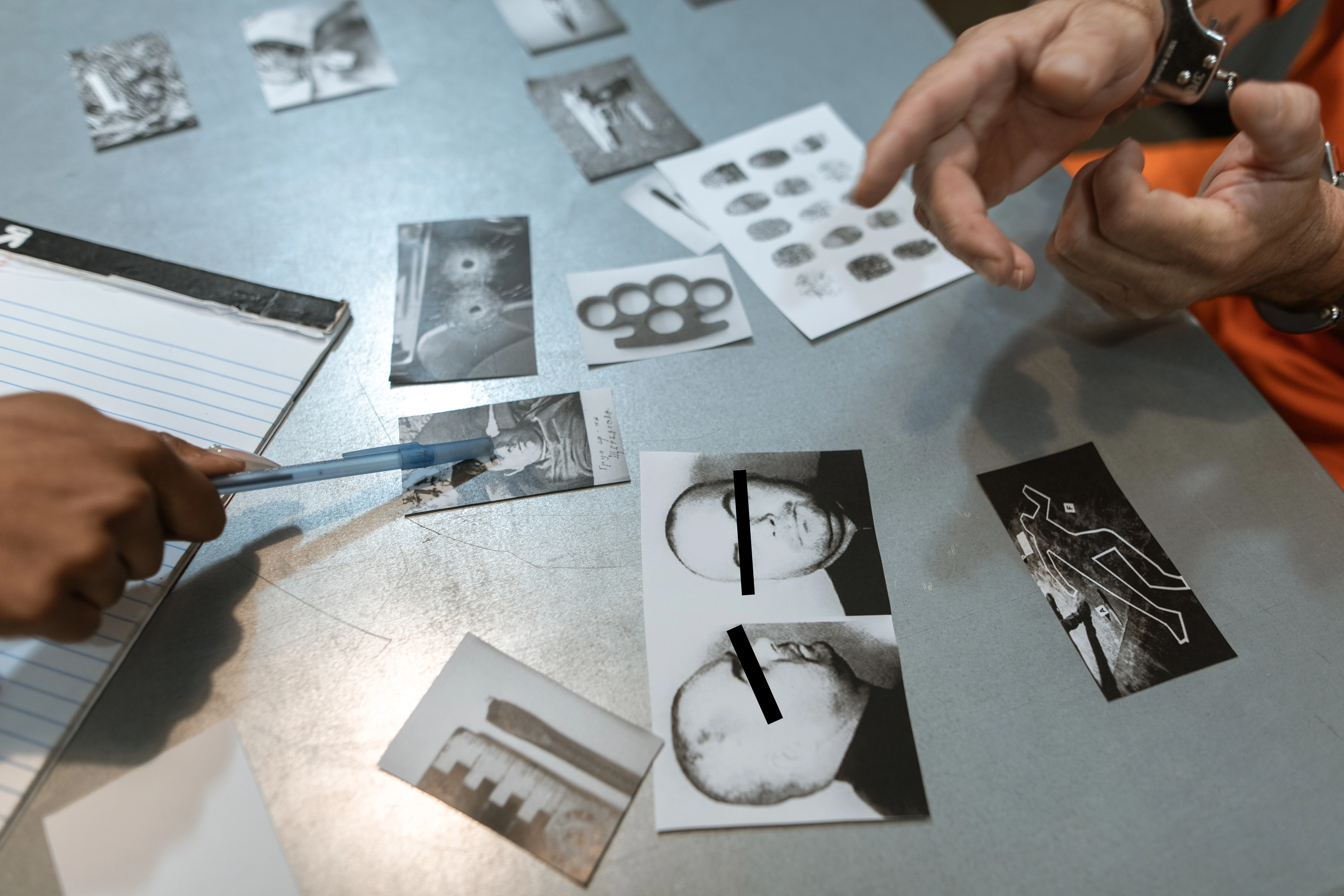Sample by My Essay Writer
Question One
Spoilation of evidence is when evidence for a legal proceeding is lost, destroyed, or altered (Burnette, 2016). Spoilation is largely inevitable in fire scene investigations, as the entire fire scene can be evidence. In addition to this, when a fire scene is first being investigated, debris is moved around for the scene examination, essentially altering and spoiling the evidence from the start (Burnette, 2016). Further, once evidence has been collected and removed from a scene, it can be additionally altered through transport, examination, and storage. If a court deems that evidence has been spoiled, they can potentially take action against the responsible party by: prohibiting testimony about the evidence, prohibiting testimony from the responsible party about the fire scene at all, instructing the jury as to the spoiled evidence, or striking the case altogether (Burnette, 2016). The concept of spoliation in court is of fundamental fairness, and for all investigators, claims of it are best avoided by using commonsense when encountering, collecting, transporting, examining, and storing evidence. Through this, evidence can be kept from spoiling by avoiding loss or destruction of it. [“Write my essay for me?” Get help here.]
Question Two
Different types of evidence require different treatments when discovered by crime scene investigators at the scene. Before any evidence is collected, investigators should sweep the area for any potential dangerous items, such as unexploded devices, chemicals, or firearms (InterFire, 2016). If the item poses a potential danger to the people around it, external squads, such as the bomb squad, should be called in to deal with it; unexploded bombs or chemicals should not leave the scene until deactivated and collected by bomb squads (InterFire, 2016). Once the scene is safe, when searching for evidence, anything that is stable, physical, and small enough to be collected should properly collected for evidence. These types of evidence include body fluids, glass, hair, plastics, impressions, debris, soil, etc. Evidence that is not safe or stable, such as the unexploded devices listed above, should not be removed from the scene, as they are dangerous for the people around them (InterFire, 2016). In addition to this, evidence that is too large to be removed safely from the scene should also be secured in place, such as human bodies, vehicles, or fire scenes. [Need an essay writing service? Find help here.]
Question Three
Once the scene is swept and safe, identified evidence should be properly documented and collected for further analysis. Before any evidence is collected, the scene should be carefully documented with all evidence present, in order to view the full scene of the crime (InterFire, 2016). From here, the entire area should be photographed, and notes should be taken about all noticed details around the scene. Once the area has been completely covered, evidence can be identified within the full area pictures by placing numbers and descriptions next to them, and then taking pictures of the whole scene with the identified evidence. After this, when collecting evidence, it should first be photographed in its original position, without touching it (InterFire, 2016). Following this, the details of the item including: size, location, and scene of where the item was found should be written down and documented (InterFire, 2016). In this way, we can ensure that evidence is collected with minimal risk of spoiling. < Click Essay Writer to order your essay >
Question Four
The guidelines I would implement to improve the effectiveness of scene documentation would include utilizing photography, sketching, video, measurements, and notes. The scene would first be reviewed to determine the type of documentation required, then the scene would be photographed using overall, medium, and close-up coverage, such that evidence is shown with and without measurement scales (NIST, 2013). In addition to this, victims, suspects, crowds, and vehicles would also be photographed and documented. Further, different perspectives of the crime scene should be taken, such as from the air (NIST, 2013). To supplement photographs, video should also be taken of the scene as the investigation occurs, and during this, the area should be sketched as well. Through sketching the scene, investigators can better show spatial layouts and measurements, which can help the investigation in the future (NIST, 2013). Through utilizing photographs, videos, and sketches, the crime scene can truly be preserved from all angles.
References
Burnette, G. E. (2016). Spoliation of Evidence: A Fire Scene Dilemma.
InterFire. (2016). Evidence Collection and Laboratory Analysis.
NIST. (2013, September). Crime Scene Investigation. Retrieved from NIST:








